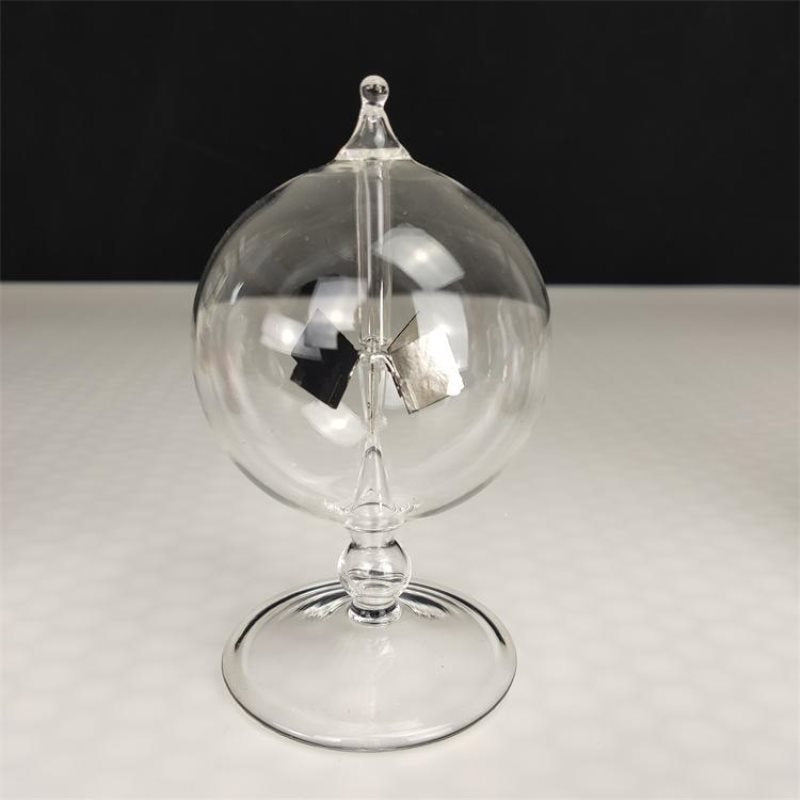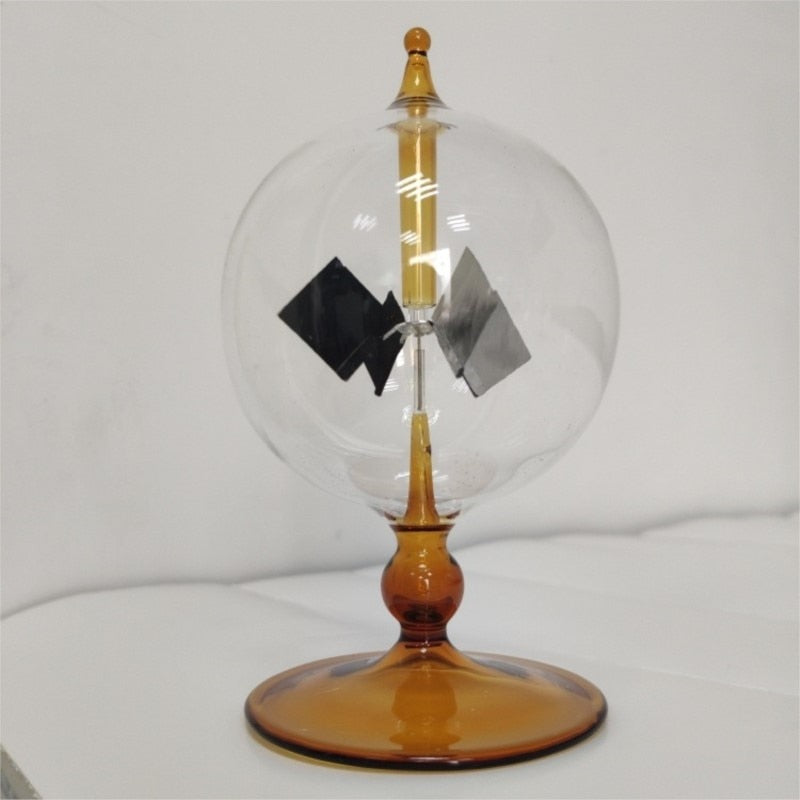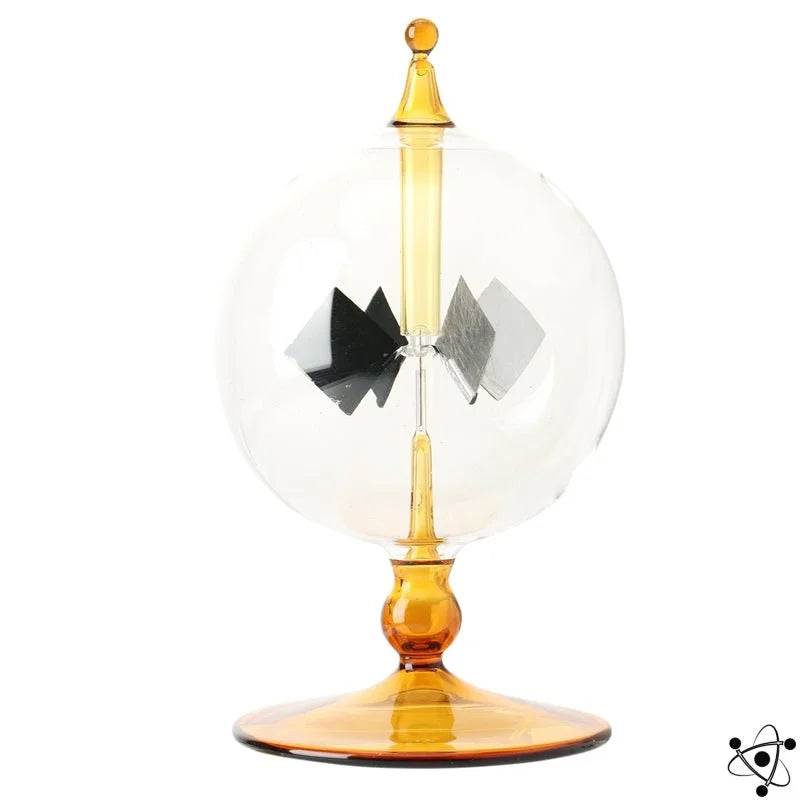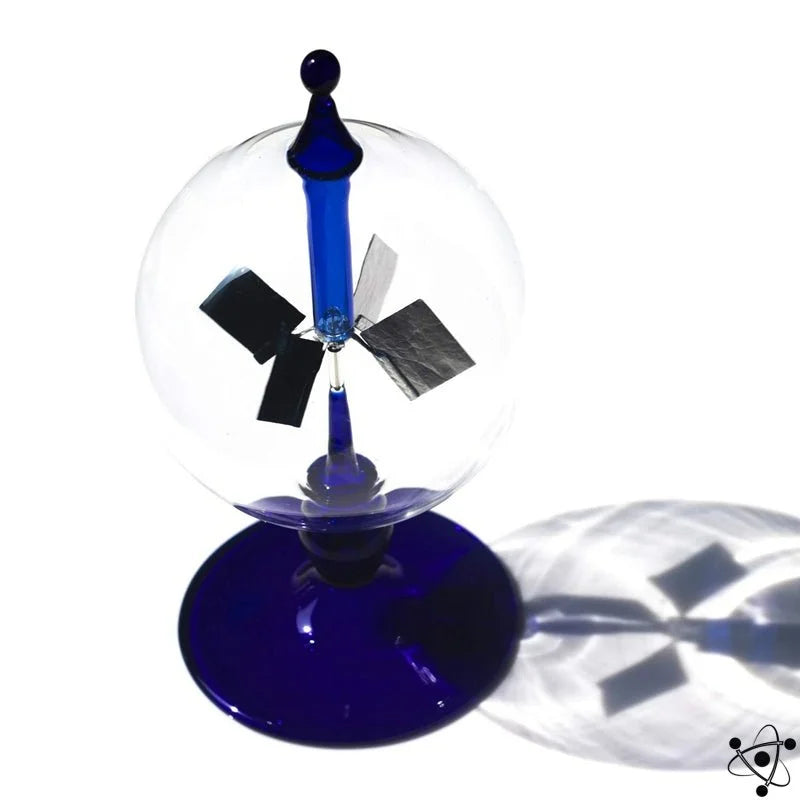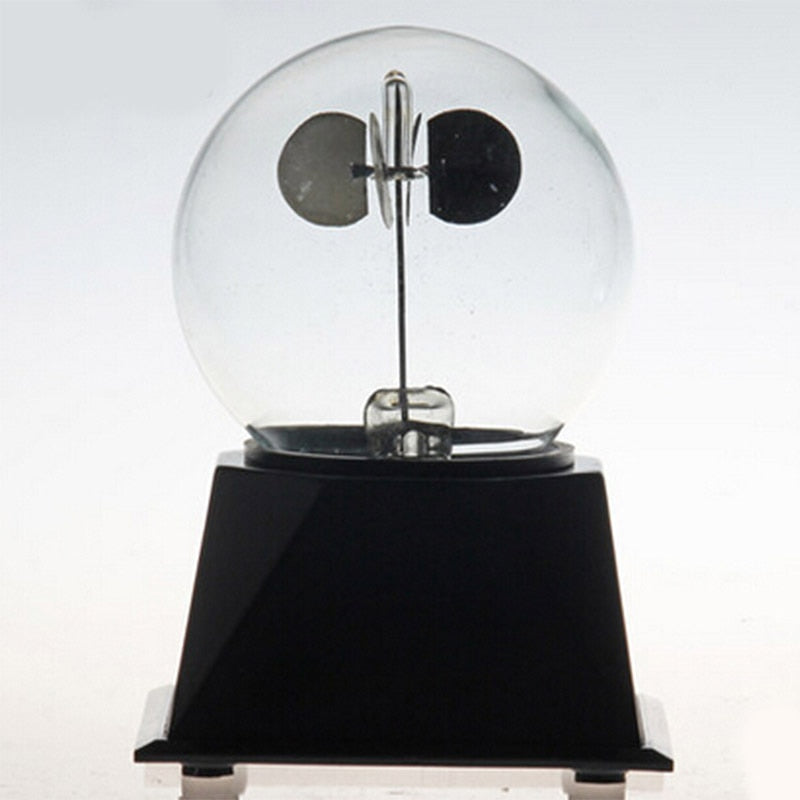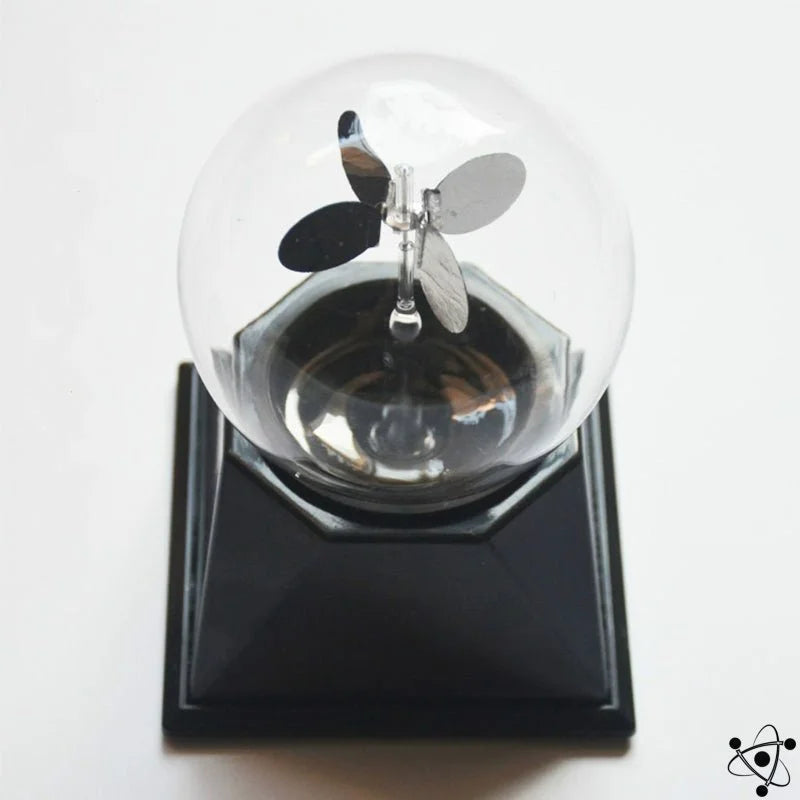Unveiling the Marvels of the Crookes Radiometer: Harnessing Solar Power and Light Energy
Welcome to our comprehensive collection page dedicated to the captivating device known as the Crookes Radiometer. Invented by Sir William Crookes in the 19th century, this extraordinary instrument continues to intrigue scientists, enthusiasts, and curious minds alike. We will delve into the intricate workings of the Crookes Radiometer, exploring its principles, applications, and significance in the realms of physics, solar power, gas molecules force, and light energy. Join us on this enlightening journey as we unravel the mysteries behind this mesmerizing device.
The Physics Behind the Crookes Radiometer
The Crookes Radiometer serves as a testament to the marvels of physics. Through a delicate interplay of heat, light, and gas dynamics, this instrument showcases the principles of thermal and radiation physics. By placing the Crookes Radiometer under the scientific lens, we can gain a deeper understanding of the force at play and the mechanisms that drive its fascinating behavior.
Unraveling the Workings of the Crookes Radiometer
To comprehend the inner workings of the Crookes Radiometer, one must examine its key components and their functions. At the heart of this device lies a glass bulb containing a partial vacuum and four lightweight vanes, each with one side coated in black material. These vanes are free to rotate, and when exposed to light, an intriguing phenomenon occurs, setting the Crookes Radiometer in motion. Join us as we uncover the intricate details behind this captivating process.
Harnessing Solar Power with the Crookes Radiometer
One of the most significant applications of the Crookes Radiometer lies in its utilization of solar power. As sunlight strikes the vanes, a temperature difference is created between the black and reflective surfaces, resulting in the generation of solar energy. The spinning vanes of the Crookes Radiometer serve as a vivid demonstration of the conversion of light energy into mechanical motion. Discover how this device paves the way for harnessing the boundless power of the sun.
The Crookes Radiometer in Everyday Life
Beyond its scientific significance, the Crookes Radiometer also finds its place in our daily lives. With its mesmerizing motion and aesthetically pleasing design, the Crookes Radiometer serves as a unique and captivating desk decoration. Whether used as an educational tool, a conversation starter, or simply a source of visual delight, this device adds a touch of scientific wonder to any environment. Explore the diverse ways in which the Crookes Radiometer has found its niche as a gift or desk decoration.
The Legacy and Future of the Crookes Radiometer
As we reflect on the profound contributions made by Sir William Crookes and his invention, it becomes evident that the Crookes Radiometer has left an indelible mark in the fields of physics, sun power, and light energy. Its enduring appeal and scientific significance continue to inspire researchers and enthusiasts alike. In this final section, we contemplate the legacy of the Crookes Radiometer and speculate on its potential future applications in an ever-evolving world.
The Crookes Radiometer and the Science of Absorption
An intriguing aspect of the Crookes Radiometer lies in its interaction with different surfaces and materials. The blackened side of the vanes plays a crucial role in the device's functionality. This black surface has the ability to absorb a significant amount of light energy, creating a temperature difference between the black and reflective surfaces of the vanes. Through this process of absorption and differential heating, the Crookes Radiometer transforms light energy into mechanical motion. Join us as we explore the fascinating science behind the absorption properties of the Crookes Radiometer.
The Role of Vanes in Crookes Radiometers and Windmill Technology
The vanes in the Crookes Radiometer play a vital role in capturing and converting various forms of energy. Beyond their application in the radiometer, vanes are also fundamental components of windmill technology. In windmills, the movement of vanes driven by air currents or wind is harnessed to generate power. These vanes respond to changes in thermal pressure and air direction, transforming kinetic energy into mechanical energy. By examining the principles behind both Crookes radiometers and windmills, we can gain a deeper understanding of the role of vanes in harnessing energy and explore the broader applications of this concept in renewable energy production.
The Intricate Dance of Forces: Understanding Vane Behavior in Crookes Radiometers
The behavior of vanes in Crookes Radiometers is a fascinating interplay of forces and temperature differentials. As the blackened side of the vane absorbs infrared radiation from the surrounding space, it becomes warmer than the reflective side. This temperature difference creates a pressure gradient, causing gas molecules within the radiometer to move from the warmer side to the colder side, exerting a force on the vanes. The delicate balance of these forces determines the direction and speed of vane rotation. Join us as we explore the intricate dance of forces within Crookes Radiometers and unravel the mysteries behind their mesmerizing motion.
Conclusion
In conclusion, the Crookes Radiometer stands as a testament to the marvels of science and human curiosity. Its ability to harness solar power and demonstrate the conversion of light energy into mechanical motion showcases the incredible potential of scientific exploration. From its intricate physics to its applications in solar power and everyday life, the Crookes Radiometer remains an object of fascination and wonder.
Explore the intriguing realm of Crookes Radiometers, where scientific marvels come alive with spinning spheres harnessing the power of radiation, and let it guide you to the captivating collection of Science Decor, where art and science intertwine, transforming your space into a haven of knowledge and aesthetic delight.
By understanding its principles and significance, we can continue to unlock the mysteries of the universe and pave the way for a brighter future powered by the sun's radiant energy.




